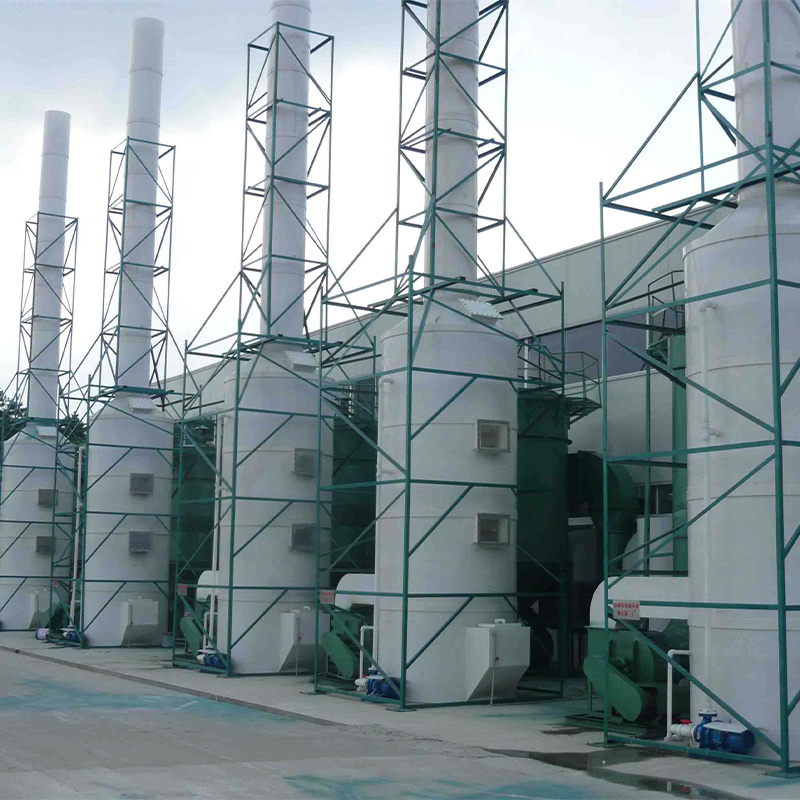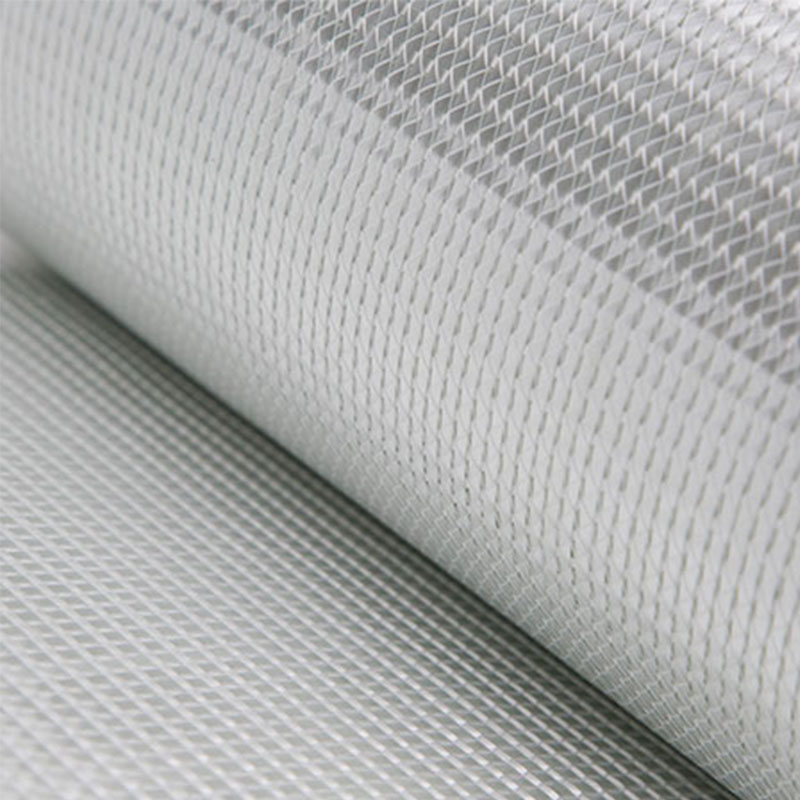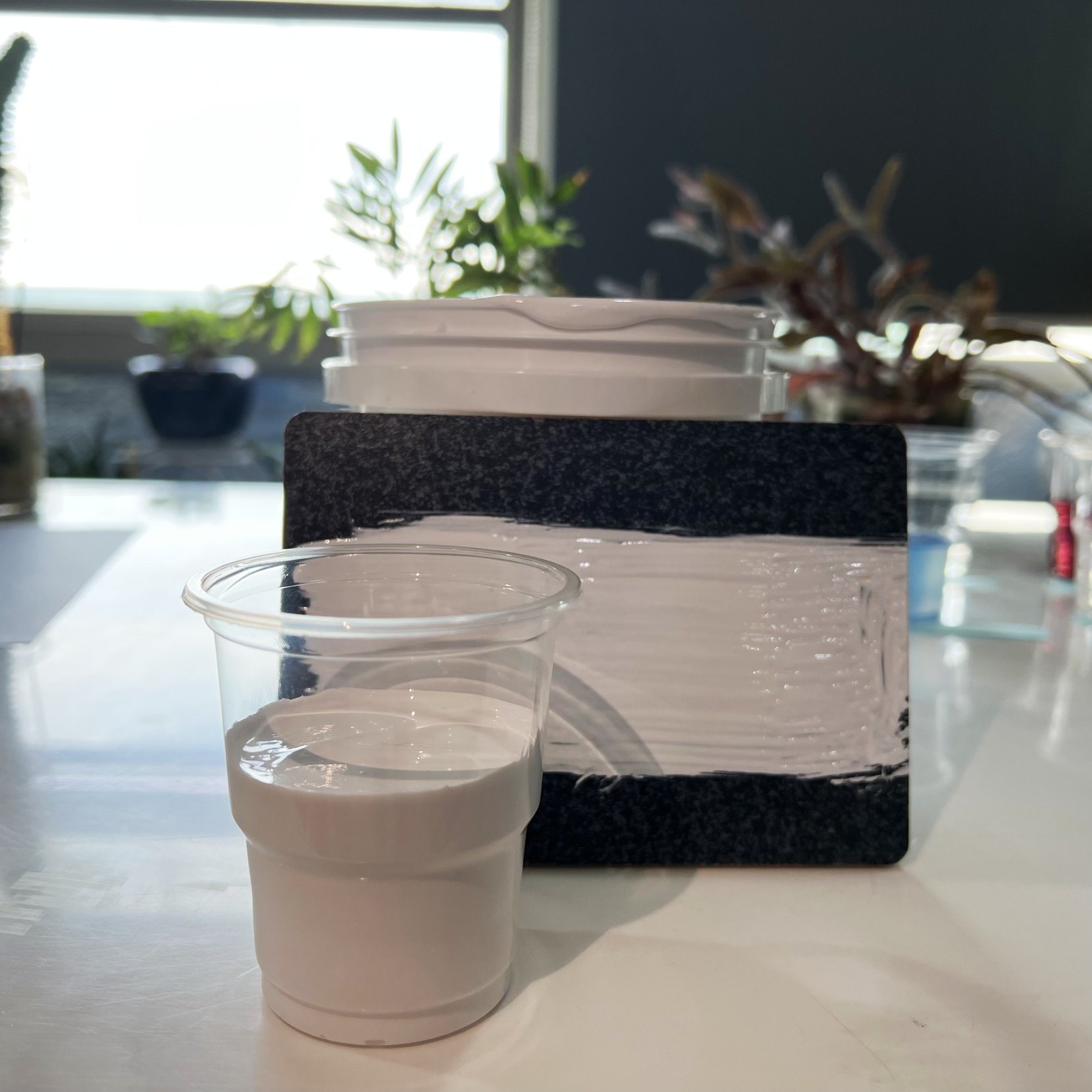The difference between saturated and unsaturated polyester resins
 Feb 28, 2023|
Feb 28, 2023| View:762
View:762Polyester is a polymer compound formed by a condensation reaction between a polyol and an acid. Therefore, we can categorize them as condensation polymers. The most common and very useful form is the unsaturated form. However, saturated forms also exist.
1. What is a saturated polyester resin?
A saturated polyester resin is a polymer that has no double or triple bonds in its backbone (the main carbon chain of the polymer). Although the most common form is the unsaturated resin, we can obtain this saturated form by using an excess of polyol (ethylene glycol) in the reaction process. The result can be either a hydroxyl-terminated polyester or a carboxyl-terminated polyester. However, the common form is a hydroxyl-terminated polyester resin. Most of the time, we use acids such as isophthalic acid, phthalic anhydride, adipic acid, etc. and diols such as neopentyl glycol, propylene glycol, diethylene glycol, glycerol, etc. In the production process.
The main uses of this resin include the production of coil coatings. However, it depends on the nature and structure of the resin; we can use them for coil coatings, primers and backing coatings. In addition, it can be used in the production of printing inks and thermally coated coils.
2. Properties of saturated polyester resins.
(1) Versatility and weathering resistance
(2) Outstanding hardness and toughness
(3) Dirt resistance
(4) Suitable for general requirements; cost effective

3. What is unsaturated polyester resin?
unsaturated polyester resin is the most common type of resin with a double bond in its main chain (main carbon chain). We can produce this form by a condensation reaction between unsaturated dicarboxylic acids. These polymers are linear polymers with ester bonds and double bonds. Applications for this polymer include the production of sheet molding compounds, block molding compounds, color toners, and laser printers.
4. Properties of unsaturated polyester resins.
(1) Heat resistance
(2) High tensile and compressive strength
(3) High flexural strength
(4) Chemical corrosion resistance
(5) Excellent dielectric properties
(6) Good fluidity when heated
5. What is the difference between saturated and unsaturated polyester resin?
Saturated polyester resin is a polymer that does not have double or triple bonds in its main chain. Therefore, there is no unsaturation in this polymer. On the other hand, unsaturated polyester resin is the most common type of resin that has a backbone with double bonds; therefore, it has unsaturation. This is the key difference between saturated and unsaturated polyester resins.
Furthermore, we can produce both by condensation reactions, but in the production of saturated polyester resins, the reaction occurs between the acid and the glycol, containing an excess of glycol. However, in the production of unsaturated polyester resins, the reaction occurs between unsaturated dicarboxylic acids. In terms of more differences, saturated polyester resins are mainly used in the production of coil coatings, while unsaturated polyester resins can be used in the production of sheet molding compounds, block molding compounds, color toners and laser printers.
The above is about the difference between saturated and unsaturated polyester resins. If you need more detailed information, welcome to contact us!



 salesyomi@rulecomposite.com
salesyomi@rulecomposite.com






